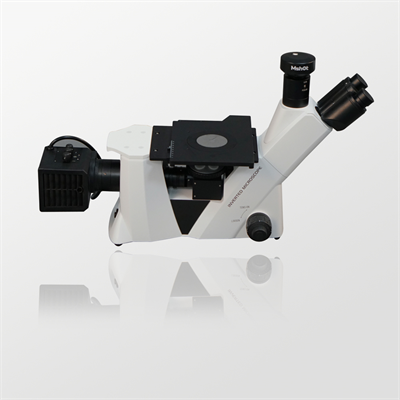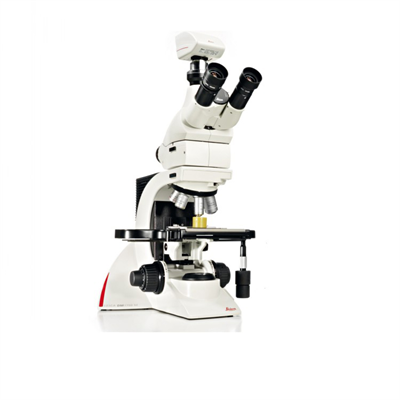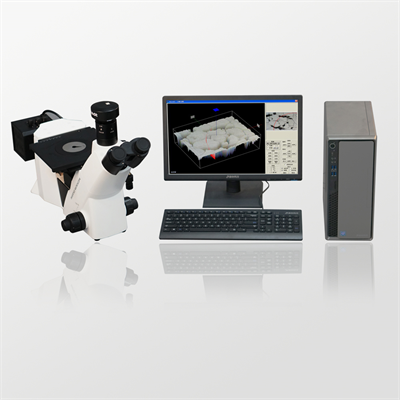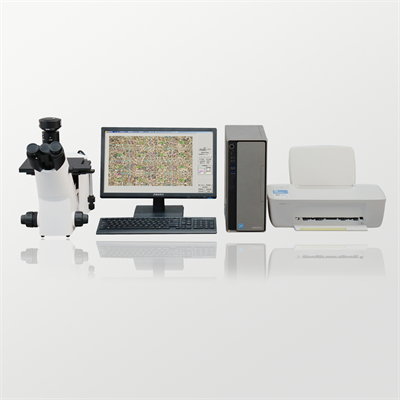Fluorescence microscopy technical data
ZYF series fluorescence microscope is a tool used in detection cytology, parasitology, oncology, immunology, genetic engineering, industrial microbiology, botany and other fields. It is a kind of optical microscope. In addition to having the basic structure and optical amplification of an optical microscope, based on the characteristics of fluorescence, it also has the following good functional requirements. The microscope is an effective detection instrument. A brief introduction to the principle of ZYF-700 inverted fluorescence microscope and ZYF-1000E upright fluorescence microscope is convenient for everyone to choose.
fluorescence microscope composition is the same as that of an ordinary microscope, mainly including three parts: mechanical part, illumination part, and optical part. The inverted microscope composition is the same as that of an ordinary upright microscope, except that the objective lens is upside down with the illumination system. The former is under the stage and the latter is above the stage. This configuration allows the effective distance between the lighting condenser system and the stage to be significantly expanded, making it easy to place thicker instruments to be observed such as petri dishes and cell culture bottles (of course, slides, etc.), while the working distance between the objective lens and the material does not need to be large.
ZYF series fluorescence microscopes are used to study the absorption, transportation, distribution and localization of chemical substances in cells. For the object to be inspected, there are two ways to generate fluorescence: autofluorescence, which directly emits fluorescence after ultraviolet irradiation; excitation fluorescence, after the object to be observed has been treated with fluorescent dyes, it can only emit fluorescence after ultraviolet irradiation. Some substances in cells, such as chlorophyll, produce spontaneous fluorescence after being irradiated by ultraviolet rays; other substances cannot fluoresce themselves, but if they are stained with fluorescent dyes or fluorescent antibodies, they can also emit excitation fluorescence after ultraviolet irradiation. ZYF-700E inverted fluorescence microscope uses a point light source with high luminous efficiency to emit light of a certain wavelength through a color filter system (ultraviolet light 320~ 380nm emission wavelength: 435nm or violet blue light 450~ 490nm emission wavelength: 515nm) as excitation light, the fluorescent substances in the excitation specimen emit fluorescence of various colors, and then observe through the magnification of the objective lens and the objective lens.
 Microscope skills in detail: from basic to advanced applicat
Microscope skills in detail: from basic to advanced applicat
 A complete analysis of the imaging principles and skills of
A complete analysis of the imaging principles and skills of
 Detailed Explanation of Microscope Imaging Characteristics a
Detailed Explanation of Microscope Imaging Characteristics a
 Here are 20 trivias you didn't know about microscopes!
Here are 20 trivias you didn't know about microscopes!
